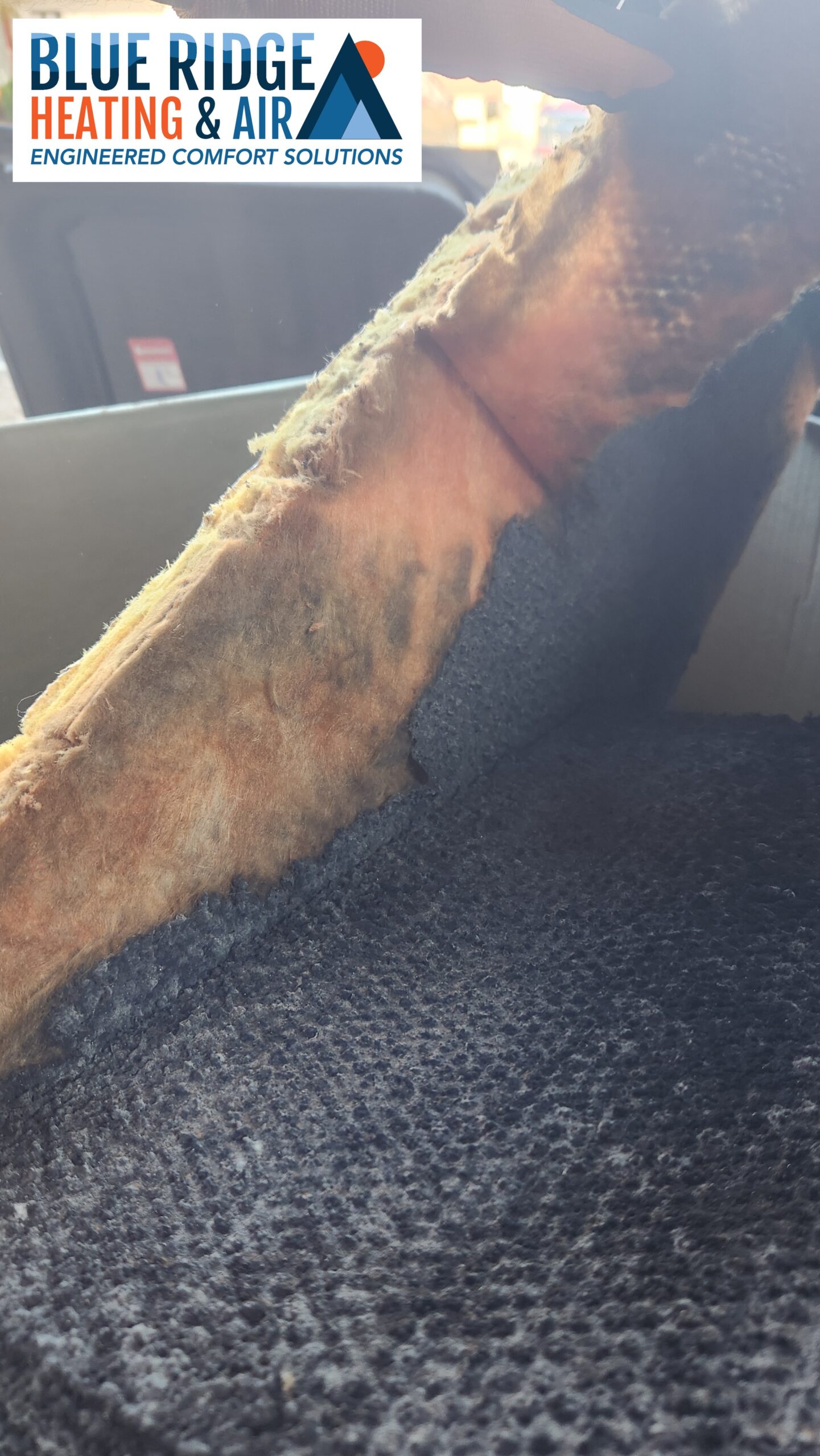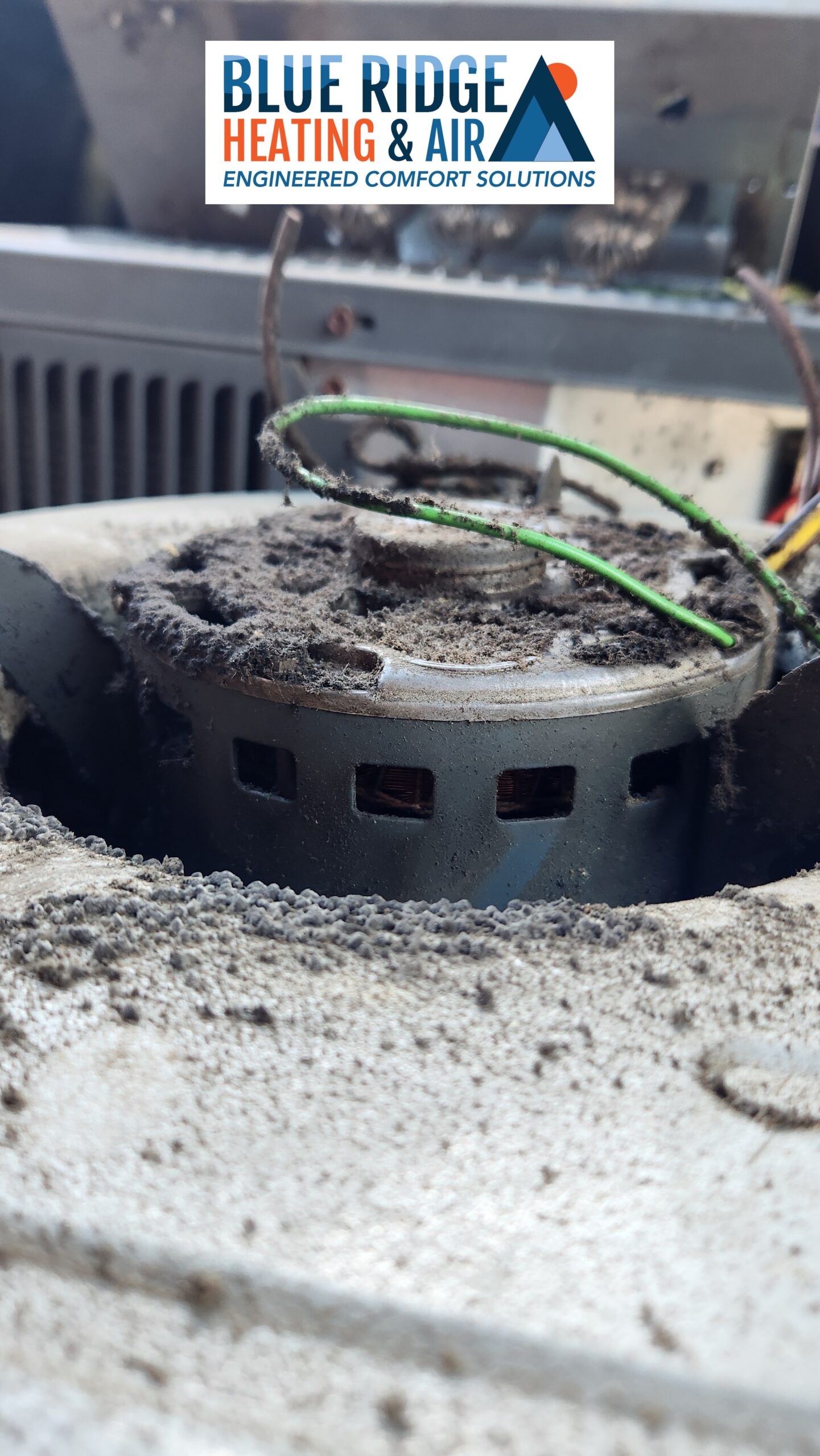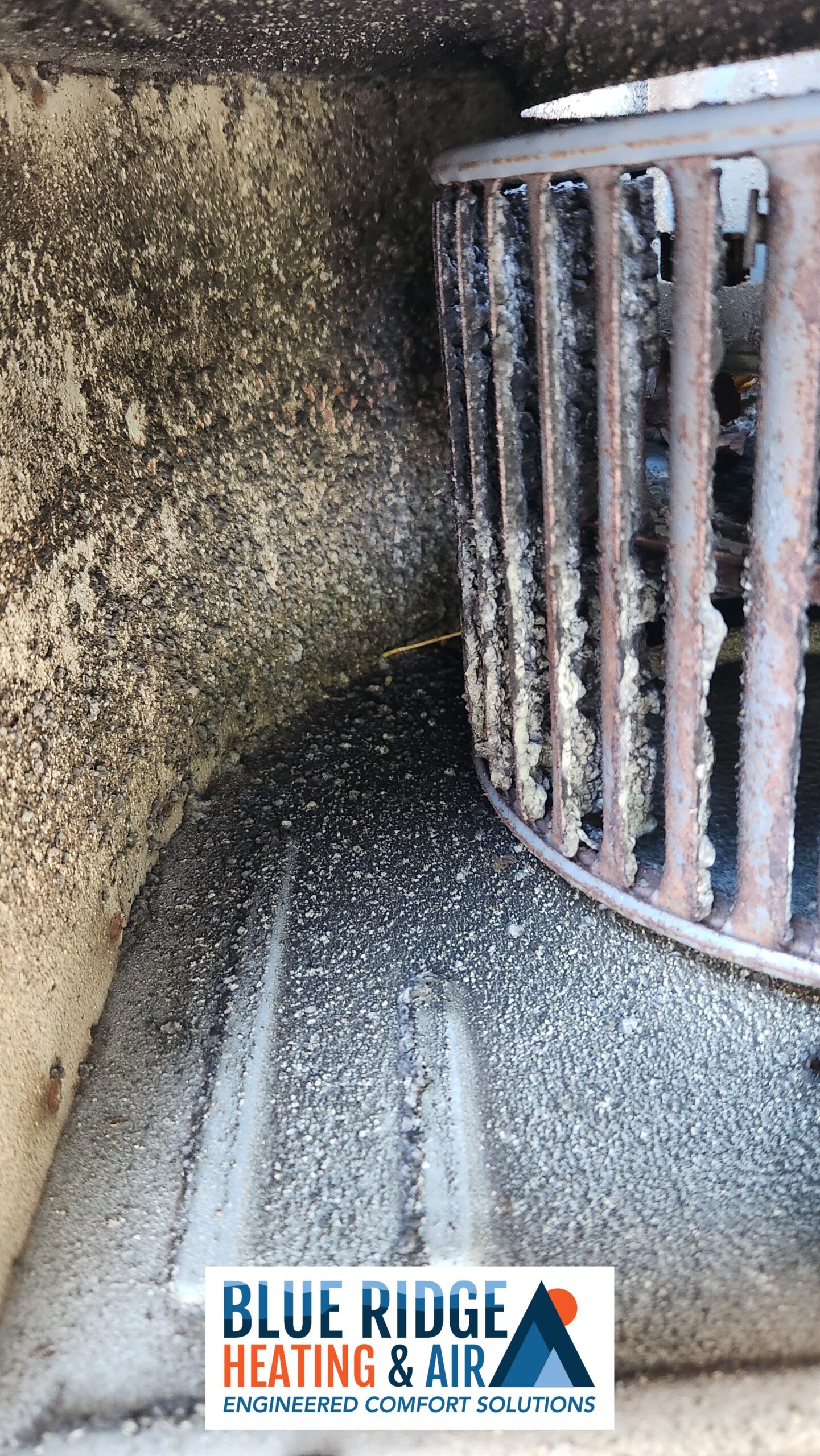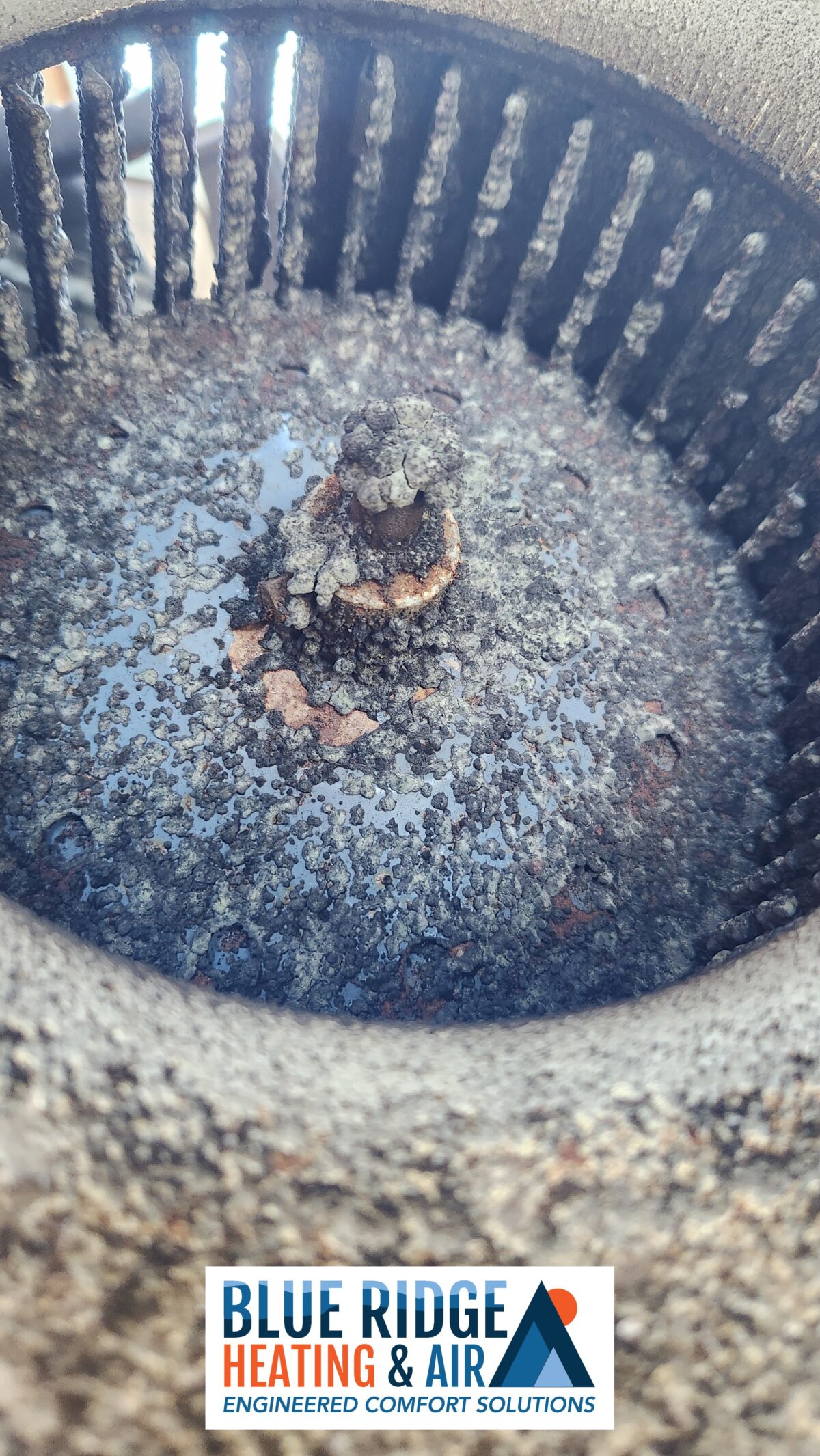
Cladosporium Mold: Health Risks, Symptoms, and Prevention Tips for Your Home
Understanding Cladosporium Mold: Health Effects and Prevention Strategies for a Safer Home
Molds are a natural component of our ecosystem, contributing to decomposition and nutrient cycling. Among the numerous species of mold, **Cladosporium** is one of the most common and can be found both indoors and outdoors. While it plays a role in the environment, Cladosporium can also have significant health implications for individuals, particularly those with respiratory issues. This article explores the characteristics of Cladosporium mold, its health effects, and strategies for prevention and management.
What is Cladosporium Mold?
Cladosporium is a genus of mold that comprises various species, with Cladosporium herbarum and Cladosporium cladosporioides being the most prevalent. These molds thrive in diverse environments, including soil, decaying plant material, and indoor spaces, particularly where there is moisture. Cladosporium spores are easily airborne and can be found in high concentrations during certain seasons.
Health Effects of Cladosporium Mold
- Allergic Reactions: Exposure to Cladosporium mold can trigger allergic responses in susceptible individuals. Common symptoms include sneezing, nasal congestion, itchy eyes, and skin rashes. People with existing allergies or asthma may experience more severe reactions.
- Respiratory Issues: Inhalation of Cladosporium spores can lead to respiratory problems. Symptoms may include coughing, wheezing, and difficulty breathing. For individuals with asthma, exposure can worsen their condition and lead to asthma attacks.
- Infections: While Cladosporium is less likely to cause severe infections compared to some other molds, it can still lead to opportunistic infections in immunocompromised individuals. Those with weakened immune systems, such as organ transplant recipients or individuals with HIV/AIDS, may be at risk.
- Fungal Sinusitis: Cladosporium can contribute to fungal sinusitis, an infection of the sinuses characterized by nasal congestion, facial pain, and pressure. This condition can occur in individuals with chronic sinus issues or allergies.
Environmental Impact
Cladosporium is an important decomposer in the environment, helping to break down organic matter. However, its presence in indoor environments can be problematic. It can grow on various surfaces, including walls, carpets, and upholstery, particularly in areas with moisture or poor ventilation.
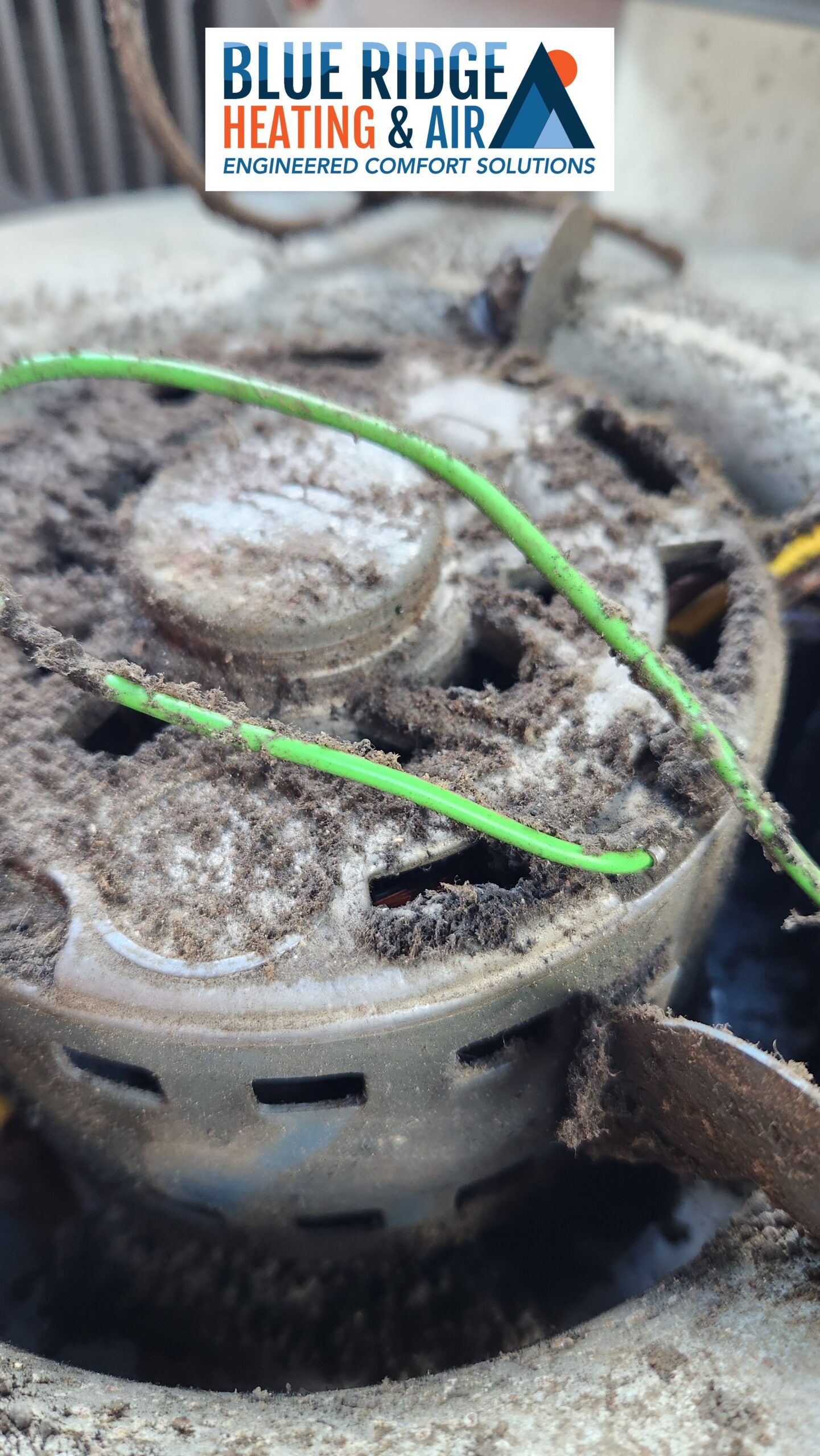
Prevention and Management
To minimize the risks associated with Cladosporium mold, consider the following strategies:
- Moisture Control: Keep indoor humidity levels below 50% to inhibit mold growth. Use dehumidifiers in damp areas such as basements and bathrooms.
- Adequate Ventilation: Ensure proper airflow in living spaces. Use exhaust fans in kitchens and bathrooms to reduce humidity.
- Regular Cleaning: Clean and dry any areas that have been exposed to water damage promptly. Regularly inspect and clean HVAC systems, as they can circulate mold spores.
- Proper Maintenance: Address leaks and water intrusion promptly. Repair roof leaks, plumbing issues, and any sources of moisture in your home.
- Allergy Management: For individuals with mold allergies, consider using air purifiers with HEPA filters to reduce airborne spores. Allergy medications can also help alleviate symptoms.
Conclusion
Cladosporium mold is a common environmental mold that can pose health risks, particularly for individuals with allergies or compromised immune systems. By understanding its characteristics and implementing preventive measures, you can create a healthier indoor environment and reduce the likelihood of mold-related health issues. Awareness and proactive management are key to minimizing the impact of Cladosporium mold on our lives and well-being.
